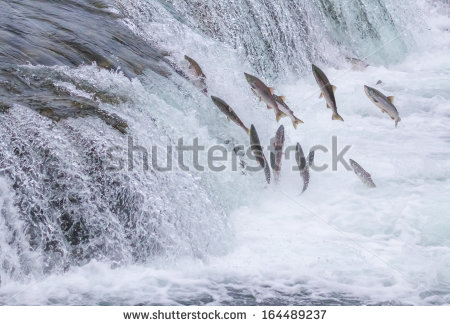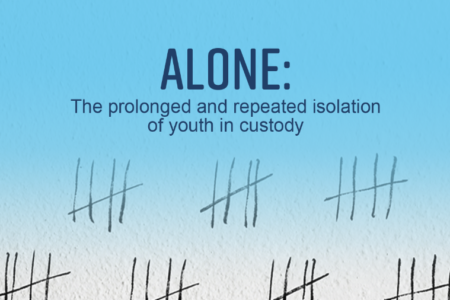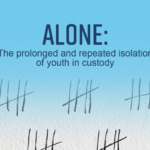Wild Pacific salmon face an upstream battle for survival
Wild Pacific salmon face an upstream battle for survival
Salmon have been swimming in Pacific Northwest waters for at least seven million years, as indicated by fossils of large saber-tooth salmon found in the area. During that time, they’ve been a key species in intricate, interconnected coastal ecosystems, bringing nitrogen and other nutrients from the ocean and up streams and rivers to spawning grounds, feeding whales, bears and eagles and fertilizing the magnificent coastal rainforests along the way. For as long as people have lived in the area, salmon have been an important food source and have helped shape cultural identities.
But something is happening to Pacific coast salmon. This year, B.C.’s sockeye salmon run was the lowest in recorded history. Commercial and First Nations fisheries on the world’s biggest sockeye run on B.C.’s longest river, the Fraser, closed. Fewer than 900,000 sockeye out of a projected 2.2 million returned to the Fraser to spawn. Areas once teeming with salmon are all but empty.
Salmon define West Coast communities, especially Indigenous ones. The West Coast is a Pacific salmon forest. Today, salmon provide food and contribute to sustainable economies built on fishing and ecotourism. West Coast children learn about the salmon life cycle early in their studies.
Salmon migrations, stretching up to 3,000 kilometres, are among the world’s most awe-inspiring. After spending adult lives in the ocean, salmon make the arduous trip up rivers against the current, returning to spawn and die where they hatched. Only one out of every thousand salmon manages to survive and return to its freshwater birthplace.
So what’s going wrong? Climate change is amplifying a long list of stressors salmon already face. Sockeye salmon are sensitive to temperature changes, so higher ocean and river temperatures can have serious impacts. Even small degrees of warming can kill them. Low river flows from unusually small snowpacks linked to climate change make a tough journey even harder.
Oceans absorb the brunt of our climate pollution — more than 90 per cent of emissions-trapped heat sincethe 1970s. Most warming takes place near the surface, where salmon travel, with the upper 75 metres warming 0.11 C per decade between 1971 and 2010. Although ocean temperatures have always fluctuated, climate change is lengthening those fluctuations. A giant mass of warmer-than-average water in the Pacific, known as “the blob”, made ocean conditions even warmer, with El Niño adding to increased temperatures. Salmon have less food, and face new predators migrating north to beat the heat.
Beyond creating poor environmental conditions for salmon, climate change increases disease risks. Warm conditions have led to sea lice outbreaks in farmed and wild salmon, and a heart and muscle inflammatory disease has been found in at least one farm. Scientists researching salmon movement through areas with farms are finding wild fish, especially young ones, with elevated parasite levels. Diseases that cause even slight deficiencies in swimming speed or feeding ability could make these marathon swimmers easy prey.
Some question whether wild salmon will remain a West Coast food staple. For the first time, the Monterey Bay Aquarium’s Seafood Watch program has advised consumers to avoid buying chinook and coho from four South Coast fisheries. Researchers also predict changing conditions will drive important food fish north by up to 18 kilometres a decade.
Disappearing salmon don’t just affect humans but all coastal ecosystems and wildlife. Eighty-two endangered southern resident killer whales depend on chinook salmon to survive. As chinook stocks go down, the likelihood that these whales could become extinct goes up.
Although the federal government has committed to implement recommendations from Justice Bruce Cohen’s inquiry into Fraser River sockeye and to follow the Wild Salmon Policy, reversing this dire situation will take widespread concerted and immediate action. A weak provincial climate plan that fails to meet emissions targets and acceptance of new ocean-based fish farm applications won’t help wild salmon. We need to move fish farms out of the water and onto land.
Salmon are resilient and have survived ice ages and other challenges over millions of years. They’ve survived having their streams paved over. They’ve survived toxins dumped into their environments. The question is, can they — and the ecosystems that depend on them — survive climate change and fish farms and all the other stressors humans are putting on them?
David Suzuki is a scientist, broadcaster, author and co-founder of the David Suzuki Foundation. Written with contributions from David Suzuki Foundation senior communications specialist Theresa Beer.

























